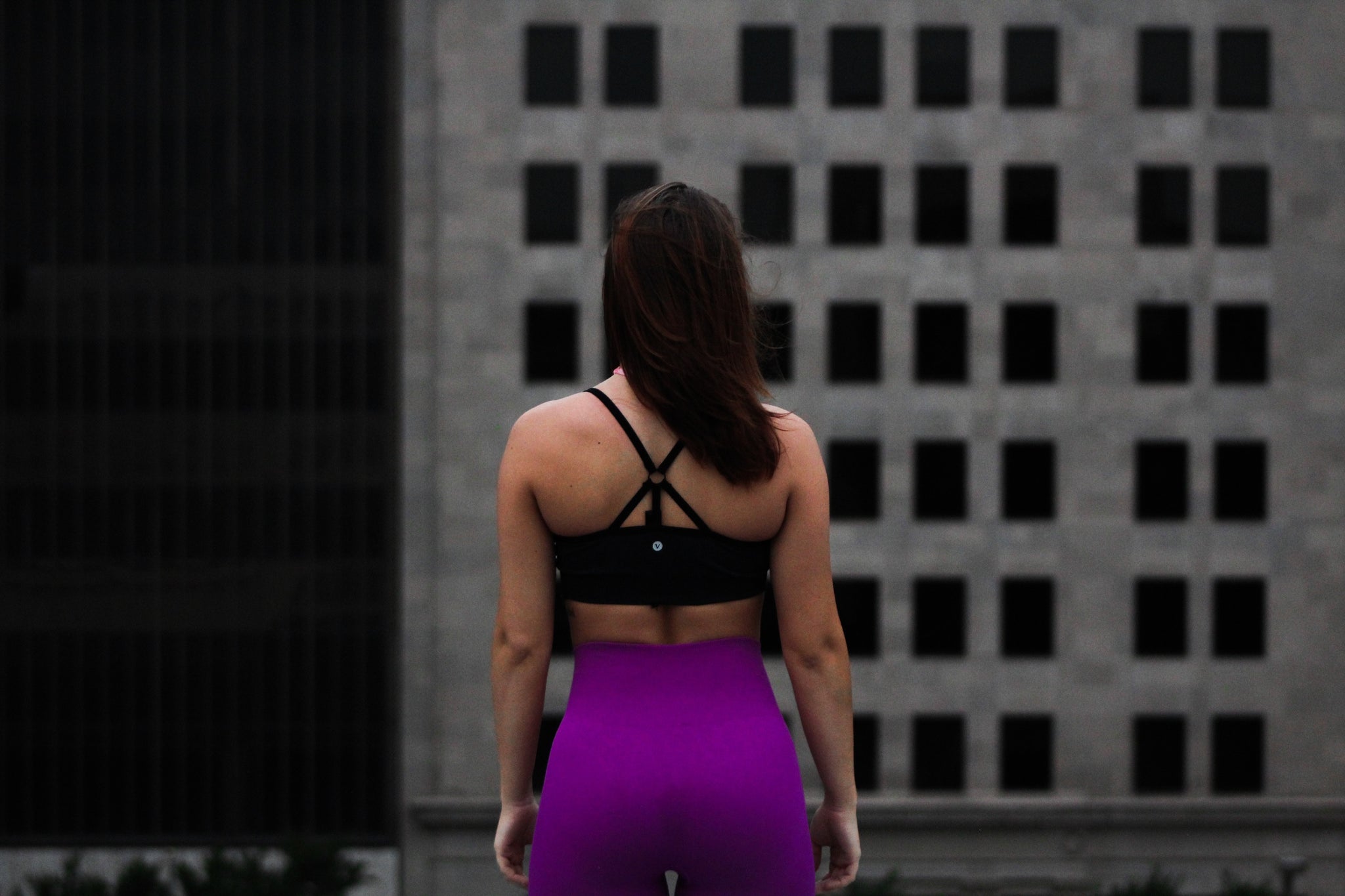Your Cart is Empty

Contents
If you have back pain, you understand how the pain can limit your ability to sit, rise from a chair, stand, or walk. Your pain may also disturb your sleep or prevent you from being able to work and enjoy your normal recreational activities.
There are many causes of low back pain. These typically include postures and positions which place increased stress on your spine. Some of the common causes of back pain include:
One of the challenges of effectively treating back pain is that the symptoms are variable and are usually felt in area away from your spine. Common locations of back pain include:
Ask anyone who has had low back pain about their treatment, and you are likely to get many different answers. Since there are so many different treatments for low back pain or sciatica, you should seek out professional help from your doctor to ensure that your treatment is correct for your specific condition.
Common treatments for back pain or sciatica include:
Ice: When any acute injury strikes, it is a good idea to put ice on it, and if your back starts hurting, applying ice to control the inflammation is a good first step for treatment. Ice helps to lessen pain and spasm and decrease circulation to the muscles in your back. This helps to keep inflammation at bay and lets you get up and moving right away.
Ice should be applied with a large ice wrap, and it should fully cover your low back. A wrap that offers compression to your back is a good idea to use, as it will help support your spine as it is healing from your injury.
Apply ice for 15 to 20 minutes several times a day, and it should be used for the first 2 to 3 days after injury.
Heat: Once the acute inflammation has been controlled with ice, it may be time to switch to using heat on your back. The heat helps to open up blood vessels in your muscles and increase circulation to those tissues. Heat also has a pain relieving effect, and it can decrease muscle tension and spasm.
You should begin using heat approximately 3 days after the initial onset of your symptoms. Apply heat to your back for 15 to 20 minutes, and be certain to use a heat pack specifically designed for your back that offers full coverage and protects your skin from being burned.

|
| ICEWRAPS 12X21 OVERSIZE COLD THERAPY CLAY PACK WITH COVER |
 |
Physical therapy: Exercise should be one of your main tools to help treat your low back pain, and it matters which exercises you do for your specific condition. A physical therapist who specializes in assessing and treating low back pain can help determine the correct exercises for you to do.
Exercise for low back pain should initially focus on restoring normal spinal range of motion. As you pain decreases and you start to move better, abdominal and core strengthening exercises should be performed to help stabilize your spine and prevent future episodes of pain.
When dealing with low back pain, postural control is paramount. Your physical therapist can help you attain and maintain proper posture to help manage your back pain.
Your physical therapist may also use therapeutic modalities like ultrasound or electrical stimulation to help decrease your pain and increase circulation to your back muscles. Caution should be used when your PT applies these treatments; recent studies indicate that passive treatments like these are not as effective as was once believed.
During your physical therapy, you may continue to use heat or ice to help keep your symptoms at a minimum before or after you exercise. Your physical therapist can help you decide if ice or heat is better to use for your condition.
Chiropractic: Chiropractic care has been shown in some studies to be effective in the treatment of low back pain. Spinal manipulation can help restore normal alignment to your spine and relieve your pain.
Your chiropractor should be able to adjust your back and teach you exercises so you can self-manage your condition. This is important to help decrease future episodes of pain.
Inversion therapy: Inversion tables are sometimes used to treat low back pain and sciatica. Inversion helps to create space between your joint and disc spaces in your back, and this is thought to relieve pressure on spinal nerves.
Although inversion may feel good when you are doing it, the effects are usually not long lasting, and inversion therapy does not provide a treatment that is specific for your personal condition. Care should also be used when using an inversion table; it may cause an increase in blood pressure or pressure in your eyes. If you have glaucoma, inversion therapy should be avoided.
Injections: If your back pain does not respond well to conservative treatments, you may be a candidate for more invasive procedures like spinal injections. The injections help to decrease pain and reduce swelling around spinal nerves. Of course, injections are invasive and carry with them specific risks. You should speak at length with your doctor about spinal injections before having the procedure.
Usually after spinal injections, ice is recommended to help decrease the pain and localized inflammation caused by the procedure. Again, speak with your doctor about specific aftercare for spinal injections.
Surgery:If you have a severe case of low back pain that continues after trying conservative treatments and injections, you may need to consult a surgeon to find a definitive treatment for your condition. Surgery for your back is a serious operation, and it should only be done as a last resort to help relieve your pain and improve your overall functional mobility.
After surgery, you may benefit from using ice initially to help control the post-operative swelling and pain. You may start using heat once the post-operative swelling has subsided. Speak with your surgeon before applying any treatment to your back after lumbar surgery.
If you have back pain, there are many different treatments to help care for your spine. Some, like applying ice or heat, are things that you can do on your own. Other treatments are more involved, and should be considered if needed as part of your complete rehab program for your low back pain.
Comments will be approved before showing up.